In the heart of winter, Moscow transforms into a frost-laden metropolis where temperatures routinely plummet to -20°C or lower. For the city’s drivers, this season brings a familiar ritual: the daily warming of car engines. What might seem like a minor inconvenience in milder climates becomes a critical routine here, where frozen engines and thickened oil can spell disaster for the unprepared.
The practice of engine warming is deeply ingrained in Muscovite car culture. Locals swap tips on the ideal duration for idling, debate the merits of synthetic versus mineral oils in subzero conditions, and share cautionary tales of engines that refused to start after a night exposed to the elements. This isn’t just about comfort—it’s a matter of vehicle longevity and, in extreme cases, survival during emergencies.
Why Warm an Engine?
Modern automotive manuals often claim that prolonged idling is unnecessary, thanks to advancements in engine technology and lubricants. But Moscow’s winters defy textbook recommendations. At -25°C, conventional engine oil acquires the viscosity of molasses, starving critical components of lubrication during cold starts. Warming the engine allows fluids to thin gradually, reducing wear on pistons, bearings, and other vital parts.
Battery performance nosedives in extreme cold, too. A weakened battery struggles to turn over a stiff, cold engine, leading to the dreaded clicking sound of a failed ignition. By idling for 10-15 minutes, drivers give their alternators time to recharge batteries depleted by the initial start—a buffer against being stranded later.
The Dance of Frost and Metal
Walk through any Moscow neighborhood at 7 AM, and you’ll witness a symphony of exhaust plumes rising from parked cars. Owners bundle up in fur-lined coats to scrape ice off windshields while their vehicles shudder to life below. Some use remote starters, a luxury that lets them warm engines from the comfort of their apartments. Others rely on Soviet-era habits: manually starting the car, then retreating indoors with a timer set.
Older drivers swear by the “double warm-up”—running the engine until the temperature gauge moves, turning it off to let heat distribute through the block, then restarting for another cycle. Purists insist this method prevents thermal shock to engine components, though mechanics argue it’s an outdated practice with modern fuel-injected cars.
Controversies and Environmental Costs
This ritual isn’t without critics. Environmental groups decry the clouds of particulate matter hanging over winter mornings, attributing them to thousands of idling engines. City officials occasionally float anti-idling ordinances, but enforcement remains lax—partly because even traffic police understand the practical realities of Arctic-grade winters.
Innovations like block heaters (electric engine warmers plugged into outlets) exist, but Moscow’s aging apartment blocks rarely offer parking with electrical access. Garage ownership is a privilege of the affluent, leaving most to brave the elements. The result? A collective acceptance of the trade-off between air quality and mechanical preservation.
A Cultural Signature
Beyond practicality, engine warming reflects Russia’s relationship with winter itself—a mix of respect, preparation, and stubborn adaptation. Taxi drivers share thermoses of tea during extended warm-ups; neighbors bond over jumper cables when a battery succumbs to the cold. The ritual persists even as newer hybrids and EVs enter the market, their lithium-ion batteries facing different cold-weather challenges.
As climate change alters winter patterns elsewhere, Moscow’s deep freeze endures. So too does this automotive tradition—a smoky, fuel-consuming, yet utterly necessary dance between man and machine in the world’s coldest megacity.

By Sarah Davis/Apr 14, 2025

By James Moore/Apr 14, 2025
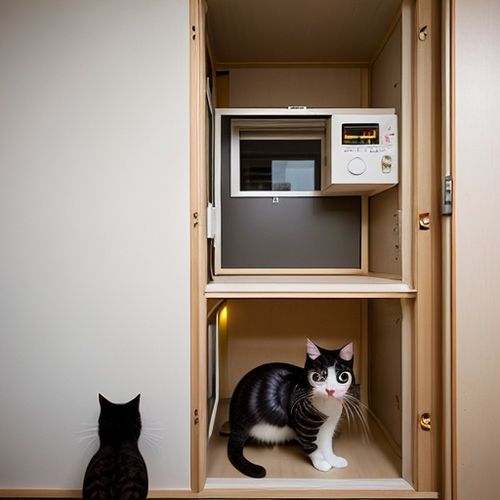
By Victoria Gonzalez/Apr 14, 2025

By Christopher Harris/Apr 14, 2025
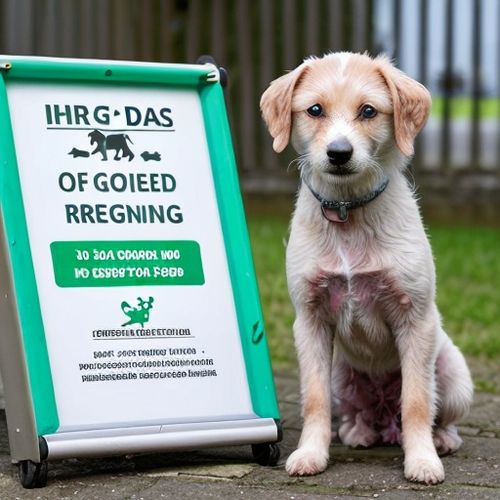
By Megan Clark/Apr 14, 2025
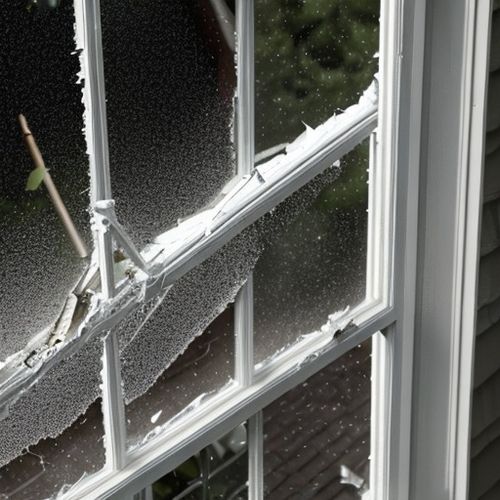
By Benjamin Evans/Apr 14, 2025
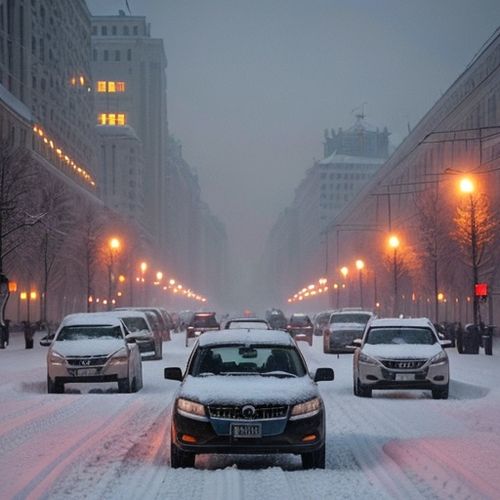
By Emily Johnson/Apr 14, 2025
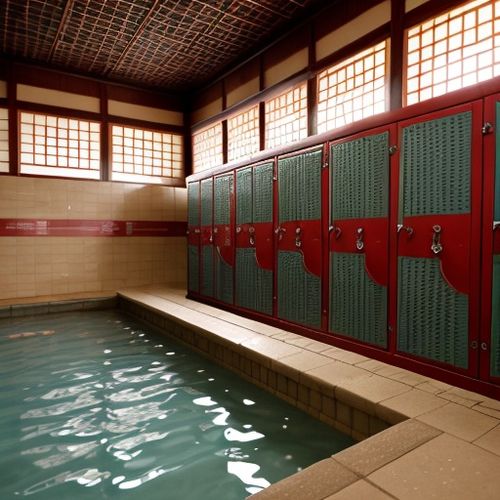
By Laura Wilson/Apr 14, 2025
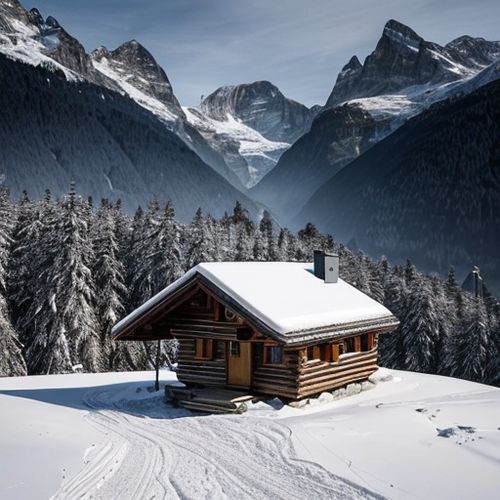
By Victoria Gonzalez/Apr 14, 2025

By John Smith/Apr 14, 2025

By Jessica Lee/Apr 14, 2025

By Noah Bell/Apr 14, 2025

By John Smith/Apr 14, 2025
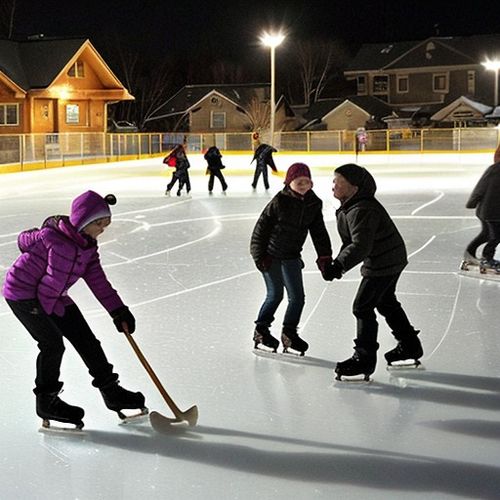
By Benjamin Evans/Apr 14, 2025
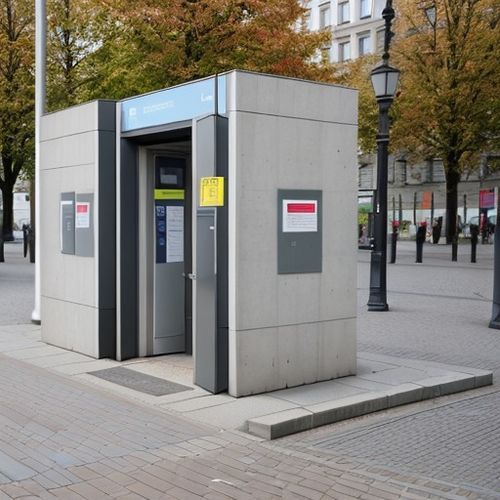
By Ryan Martin/Apr 14, 2025

By Megan Clark/Apr 14, 2025

By John Smith/Apr 14, 2025

By Natalie Campbell/Apr 14, 2025

By Noah Bell/Apr 14, 2025
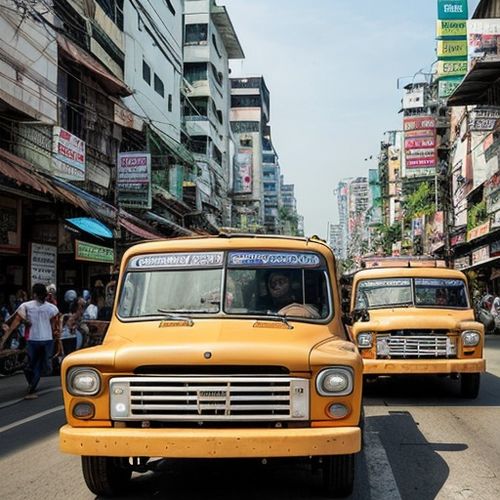
By Lily Simpson/Apr 14, 2025